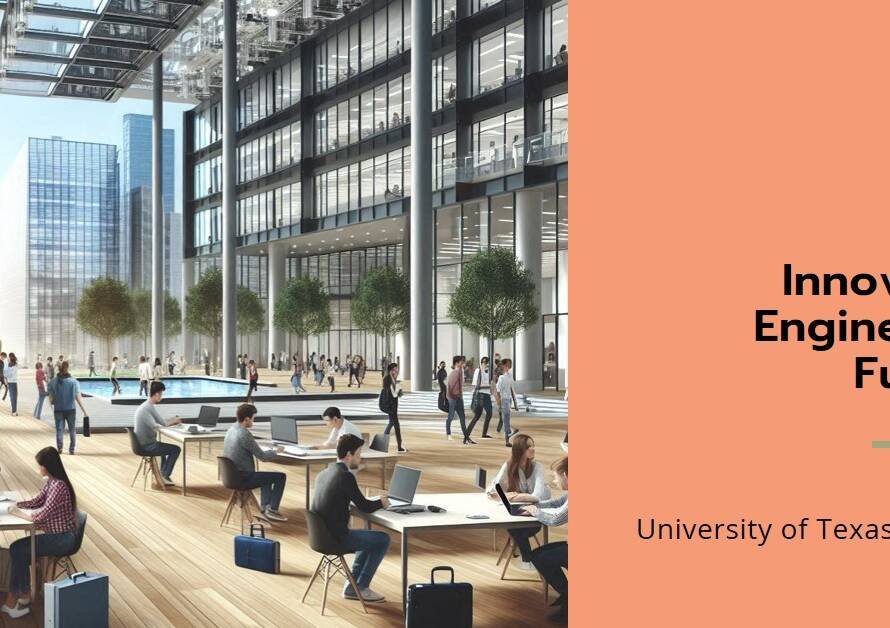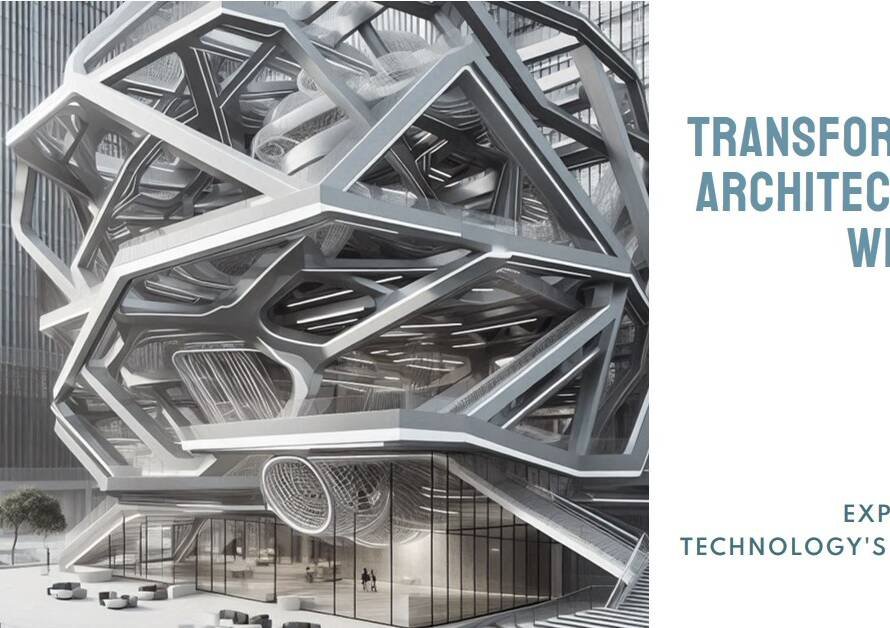
Table of Contents
Introduction: Striving for Visual Sophistication in Architectural Renders
Architectural Visualization is a powerful tool for communicating design intent, but certain practices can detract from its effectiveness and elegance. In this detailed exploration, we delve into ten elements that are considered tacky or unprofessional in architectural visualization. By steering clear of these pitfalls, architects and visualization professionals can elevate the quality and impact of their renders, ensuring they resonate positively with clients, stakeholders, and design enthusiasts.
1. Overly Busy Scenes: Simplify to Amplify (Architectural Visualization)
One common mistake in architectural visualization is creating scenes that are overly busy or cluttered with unnecessary elements. Too many details competing for attention can overwhelm viewers and dilute the primary focus of the design. Instead, opt for simplicity and clarity in your scenes, highlighting key architectural features, focal points, and design nuances without unnecessary distractions. Streamlining the scene not only improves visual appeal but also allows viewers to appreciate the design’s essence and functionality more effectively.
2. Unrealistic Scale and Proportions: Maintain Design Integrity
Accuracy in scale and proportions is crucial in architectural visualization to convey a sense of realism and spatial coherence. Avoid exaggerating or distorting proportions, as this can create visual discrepancies and undermine the credibility of the design. Pay attention to human scale, furniture dimensions, and contextual elements to ensure that the rendered environment reflects real-world expectations. By maintaining design integrity in scale and proportions, architectural visualizations resonate authentically with viewers, fostering trust and confidence in the design concept.
3. Generic and Overused Assets: Embrace Originality
Using generic or overused assets such as stock 3D models, textures, and furnishings can diminish the uniqueness and appeal of architectural renders. Invest in creating or sourcing high-quality, customized assets that align with the design’s aesthetic and narrative. Tailoring assets to suit the project’s context, style, and client preferences adds authenticity and character to the visualization, distinguishing it from generic renderings. Originality in asset selection demonstrates attention to detail and a commitment to delivering bespoke design experiences.
4. Poor Lighting Choices: Illuminate with Purpose
Lighting plays a pivotal role in architectural visualization, influencing mood, atmosphere, and visual impact. Avoid using lighting setups that are unrealistic, overly harsh, or poorly balanced, as they can detract from the overall quality of the render. Instead, strive for naturalistic lighting that accentuates architectural features, creates depth, and evokes the desired ambiance. Experiment with different lighting scenarios such as daylight, dusk, or night scenes to showcase the design’s versatility and charm under varying conditions.
5. Excessive Post-Processing Effects: Enhance Subtly
While post-processing can enhance visual appeal, excessive use of effects such as lens flares, glow, or dramatic color grading can appear artificial and distract from the design itself. Apply post-processing effects judiciously and with a purposeful intent to enhance realism, mood, and visual coherence. Subtle adjustments to contrast, color balance, and atmospheric effects can elevate the overall aesthetic without overshadowing the architectural elements. Strive for a balanced approach that complements the design rather than overpowering it with flashy effects.
6. Lack of Contextual Storytelling: Context Matters
Architectural visualization gains meaning and relevance when placed within a contextual narrative that resonates with viewers. Avoid creating renders devoid of context or storytelling elements, as they may appear disconnected or sterile. Incorporate contextual cues such as surrounding landscapes, urban settings, human activities, or lifestyle scenarios that reflect the design’s intended use and impact. Contextual storytelling adds depth, emotion, and relatability to visualizations, inviting viewers to envision themselves within the designed environment.
7. Inconsistent Visual Style: Harmonize for Cohesion
Maintaining a consistent visual style across all elements of the render—from textures and materials to lighting and post-processing—is essential for achieving visual cohesion and professional polish. Inconsistent styles, such as mixing highly detailed elements with simplistic textures or conflicting color palettes, can create visual discordance and detract from the overall quality of the visualization. Establish and adhere to a cohesive visual language that aligns with the design concept, brand identity, and client expectations, ensuring a harmonious and impactful visual presentation.
8. Lack of Attention to Detail: Precision Reflects Quality
Detail-oriented execution is a hallmark of professional architectural visualization, reflecting the quality and craftsmanship of the design itself. Neglecting small but crucial details such as accurate textures, realistic material finishes, seamless transitions, and meticulous modeling can undermine the credibility and appeal of the render. Paying attention to fine details demonstrates professionalism, dedication, and a commitment to delivering excellence in visual representation, garnering admiration and confidence from clients and stakeholders.
9. Unrealistic Environments: Strive for Believability
Architectural renders should strive for believability and realism in their depiction of environments, materials, and lighting conditions. Avoid creating environments that defy physics or common sense, such as floating objects, improbable lighting angles, or unrealistic material behaviors. Instead, ground your visualizations in real-world principles, references, and observations to create immersive and believable experiences for viewers. Realism in renders fosters trust, facilitates design comprehension, and enhances the overall impact of the visualization.
10. Neglecting User Experience: Design for Engagement


Lastly, consider the user experience aspect of architectural visualization, ensuring that renders engage, inform, and inspire viewers effectively. Neglecting user experience factors such as navigation in interactive visualizations, accessibility of information, or intuitive presentation formats can hinder communication and engagement. Prioritize user-centric design principles, interactive elements, and clear storytelling techniques that cater to diverse audiences and enhance engagement with the design narrative. A positive user experience in visualization builds rapport, fosters collaboration, and leaves a lasting impression on clients and stakeholders.
Conclusion: Elevating Visualization Standards for Impactful Designs
In conclusion, avoiding tacky or unprofessional elements in architectural visualization is key to elevating the standards and impact of design presentations. By steering clear of pitfalls such as busy scenes, unrealistic elements, generic assets, and inconsistent styles, visualization professionals can craft visual narratives that captivate, inform, and inspire. Embracing authenticity, attention to detail, contextual storytelling, and user-centric design principles paves the way for visually compelling and emotionally resonant architectural renders that leave a lasting positive impression on viewers and stakeholders alike.


